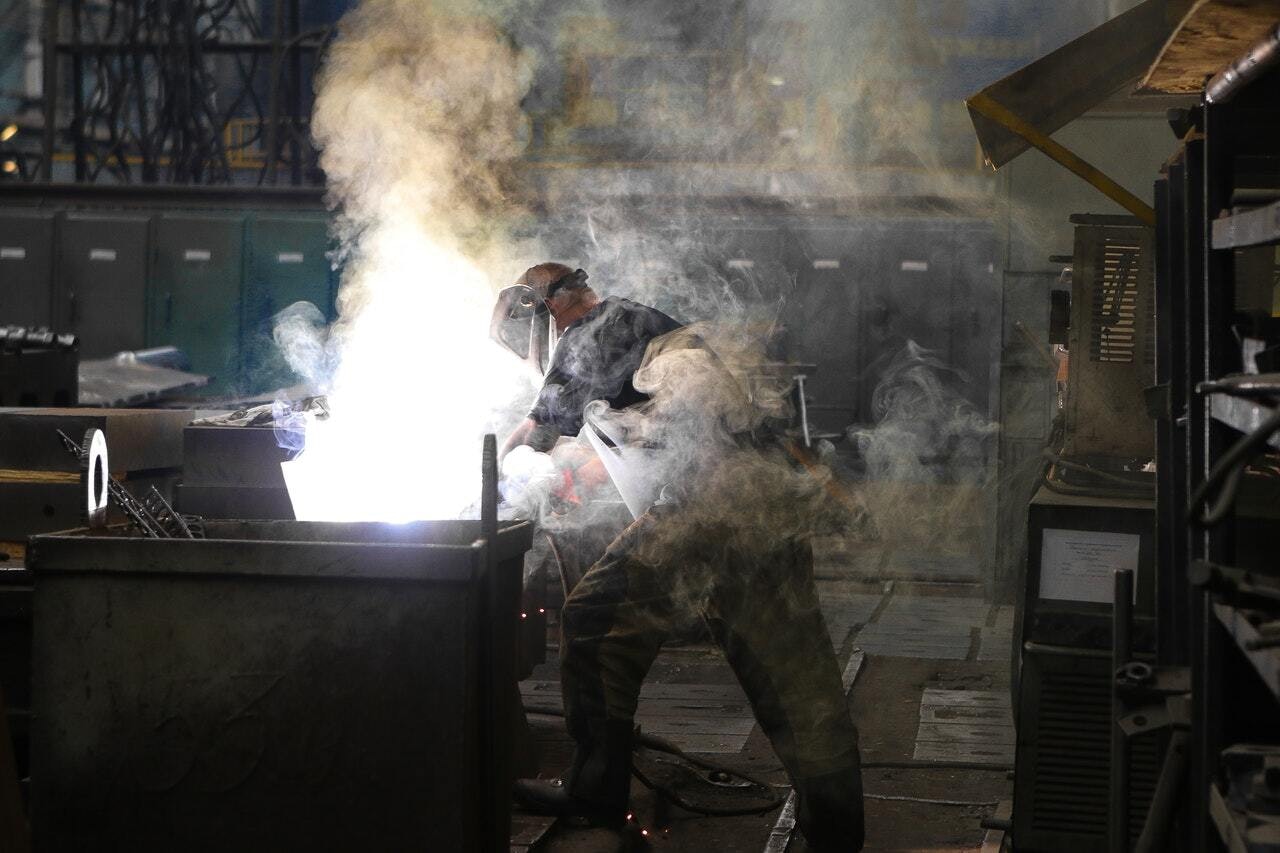The University of Wyoming School of Energy Resources (SER), Wood PLC and Atlas Carbon LLC broke ground on the site of a coal refinery project near Gillette. The facility will be a pilot project to further the goal of processing coal into products that are used in building products and soil additives in agriculture.
“Even as we work to protect the existing markets, it is encouraging to see the SER-led team innovate a process that could unlock new markets for Wyoming coal and support the diversification of the economy,” said Randall Luthi, the chief energy adviser to Gov. Mark Gordon, in an announcement on the groundbreaking.
Concerns over CO2 emissions and competition from natural gas have diminished demand for coal in the past several years, the state has been looking for ways to use coal other than for burning it for electrical generation and industrial heating.
In 2016, the Wyoming Legislature appropriated funding to the SER to begin researching ways to utilize coal as something other than a thermal resource, and to date, the state has invested more than $30 million on such projects.
The thermochemical process technology that will be used at the demonstration site was developed by the university’s Center for Carbon Capture and Conversion (CCCC).
Trina Pfeiffer, director of the CCCC, explained that this refinery is a pyrolysis unit that burns off the volatile matter, leaving behind mostly carbon.The decomposed coal yields liquids and solids — called intermediate products — which are then used to create non-energy products — called downstream products. This is similar to how oil is refined into gasoline, a downstream product.
These coal-derived products include building materials, such as bricks and insulation.
In the summer of 2021, the CCCC produced 4,000 coal-derived char bricks. The bricks were used to construct a house for a separate demonstration project, which broke ground last spring. The tiny home was constructed next to another constructed of conventional clay bricks.
The demonstration found that, compared to conventional materials, the coal-derived materials are lighter, provide better insulation, and are more moisture resistant than their clay counterparts.
The coal materials are also dried in the sun, whereas clay requires red hot kilns. This difference not only reduces emissions in the production of building materials, but reduces costs, making the products cheaper than clay.
Of course, building a house of coal might seem like a fire disaster waiting to happen, but the material was rated the highest possible for fire safety — Class A — by QAI Laboratories, a testing and certification company out of California, Pfeiffer said.
The Powell Research Extension Center north of Powell is experimenting with the use of coal-derived carbon products in sugar beet production, and the university is conducting experiments with the materials on corn at the James C. Hageman Sustainable Agriculture Research and Extension Center near Lingle.
According to the university, these soil amendments, as they’re called, are materials that are added to the soil to improve its physical or chemical properties. The coal-derived product provides a new, nonthermal and a potentially high-volume use for Wyoming coal while promoting increased crop yields, improving soil fertility and retaining moisture in a sustainable way.
In the crop trials in Powell and Lingle, the coal-derived materials are compared to biochar, which is carbon and ashes from biomass in a pyrolysis process like the coal char. Initial experiments are proving promising.
“We observed the coal char noticeably improved organic content of the soil, where biochar did not to the same level,” said Resham Thapa, who is a Ph.D. candidate working at the Powell location.
While these trials are promising, there’s a bridge that must be crossed between research and commercial production. So, it remains to be seen if these products begin making headway in commercial markets, but that is the CCCC’s hope.
“As a Wyoming energy-focused research entity, our ultimate goal is to invent and demonstrate technologies that can be transferred to industry partners that make those technologies a commercial reality,” said SER Executive Director Holly Krutk.





